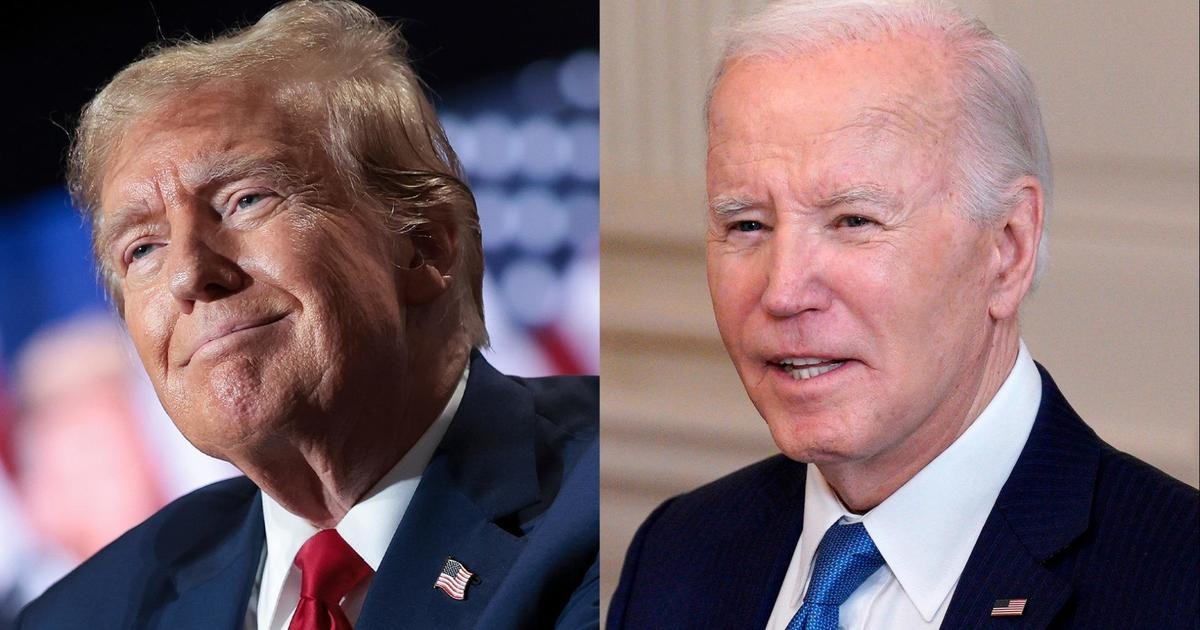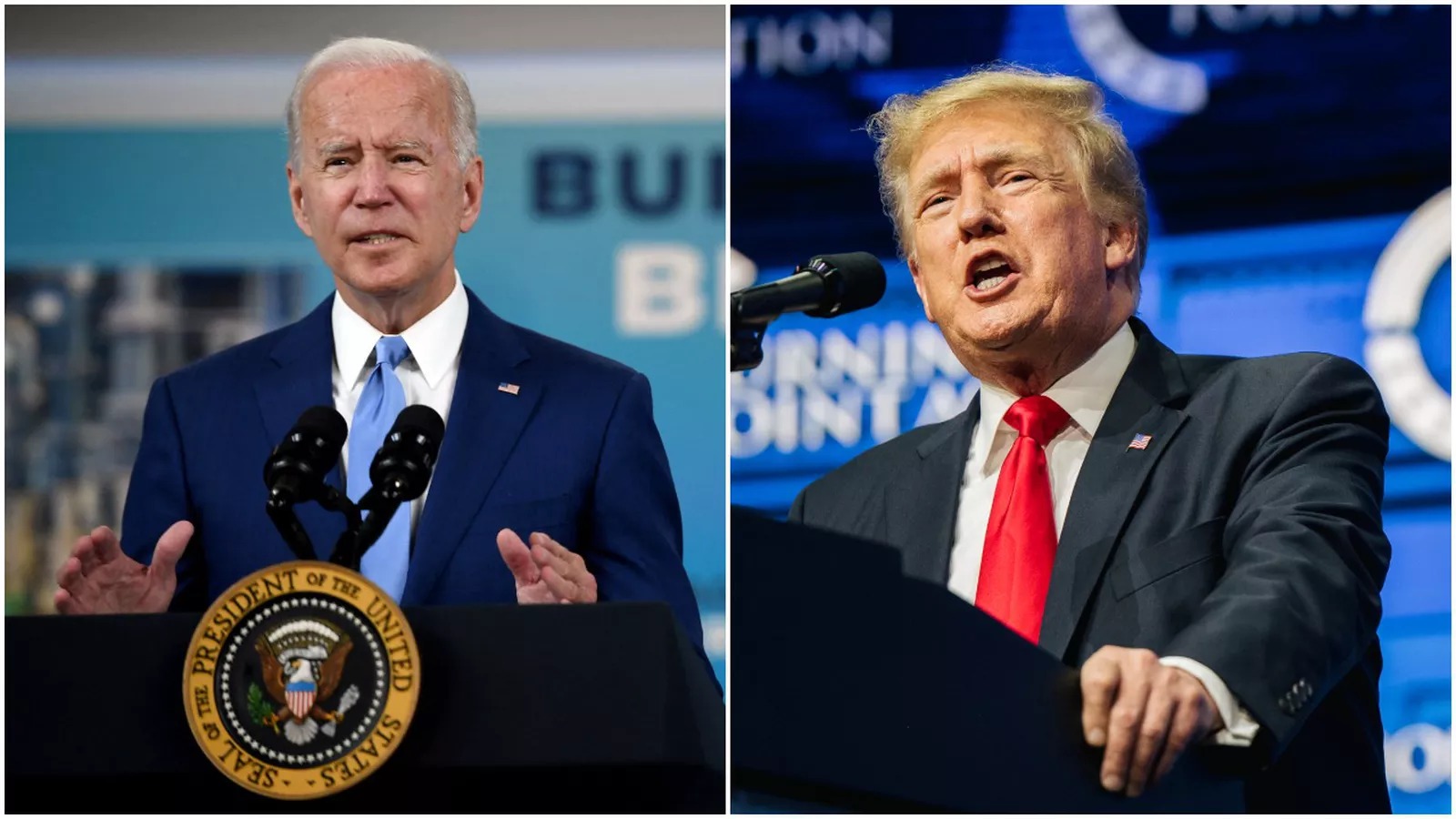As voters participate in Super Tuesday, the state of the U.S. economy is a prominent concern. A recent CBS News poll revealed that 65% of Americans viewed the economy under former President Donald Trump positively, compared to only 38% who held the same view of the current economy under President Joe Biden.
Despite economists’ positive outlook due to strong GDP growth and low unemployment, almost 6 in 10 voters perceive the economy under Biden as poor.
This perception may stem from the contrasting economic experiences between the first three years of Trump’s presidency before the pandemic disrupted in 2020 and the post-pandemic years under Biden.

Gregory Daco, chief economist at EY, highlighted the economic stability and strength of the 2017-2019 period, noting record-low unemployment rates and steady economic growth.
The post-pandemic economy has faced challenges such as a labor shortage and high inflation, which has since eased but remains elevated compared to pre-pandemic levels.
Divergence in economic perceptions between the two administrations reflects the different economic landscapes they faced. While presidents are often credited or blamed for the state of the economy, the economy’s performance is influenced by various factors beyond the president’s control, such as boom-and-bust cycles.
The data illustrates the contrasting economic conditions between the 2017-2019 period under Trump and the 2021-2023 period under Biden, highlighting the complex nature of the economy and voters’ perceptions of it.
